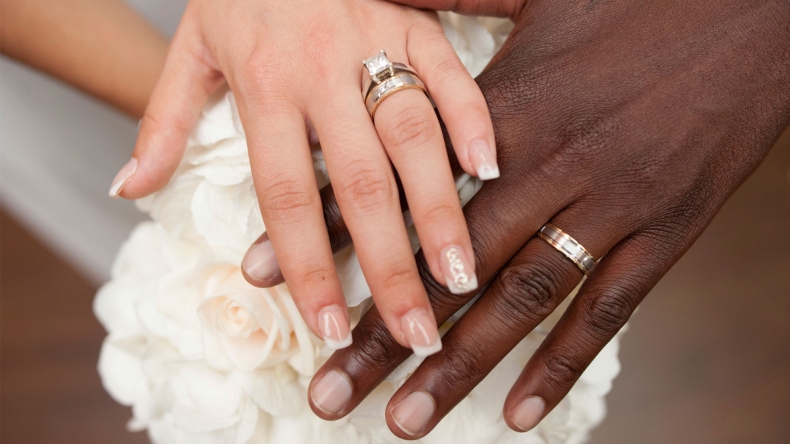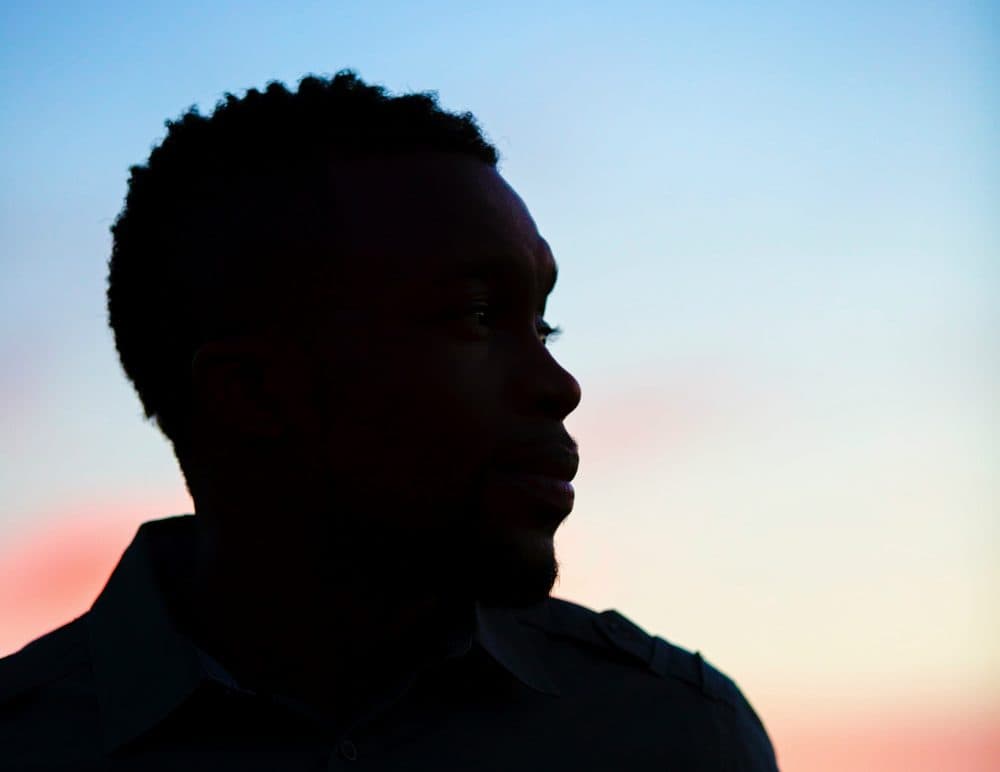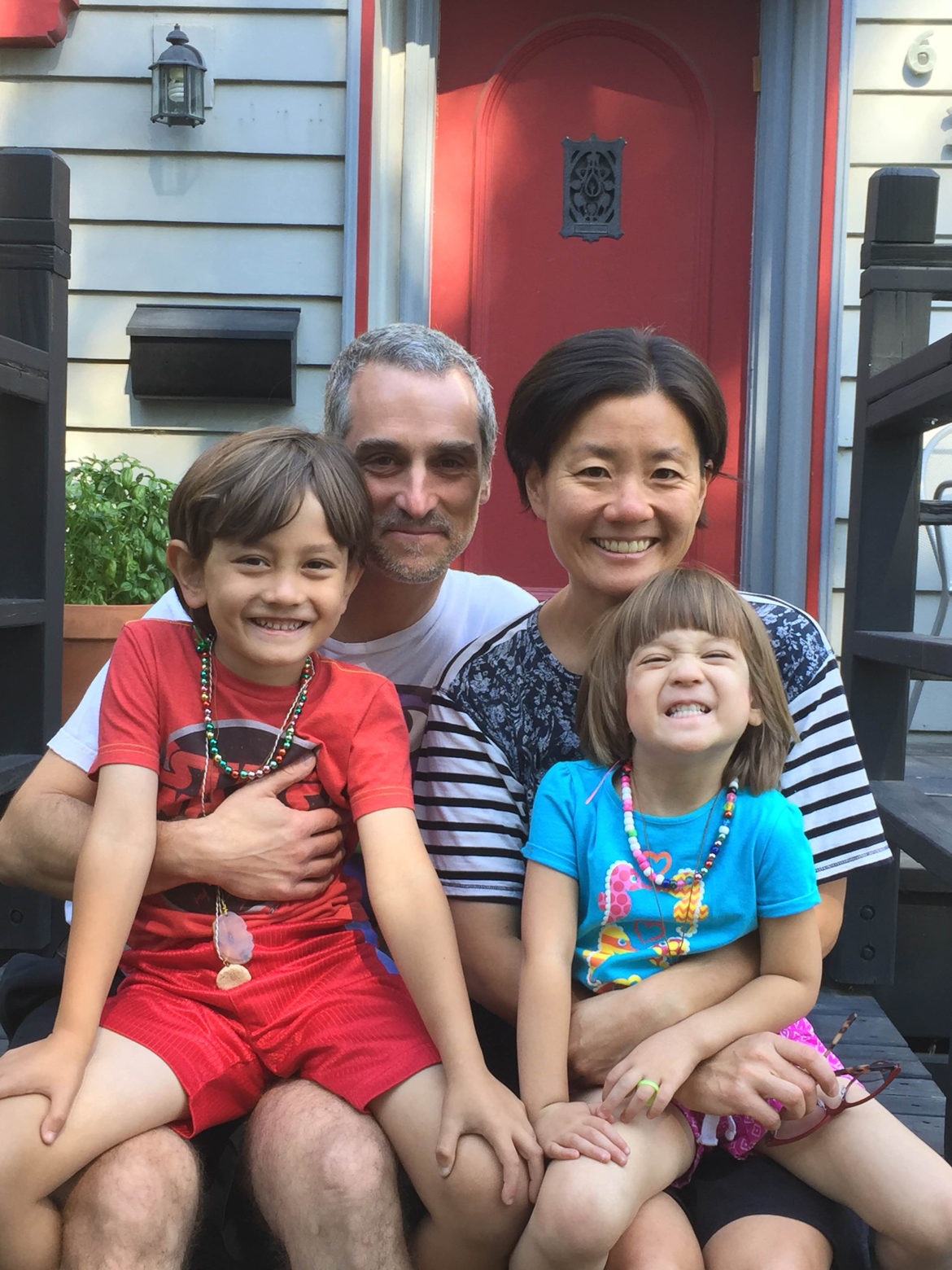Research investigates marks of racism in “interracial families”Posted in Articles, Brazil, Caribbean/Latin America, Family/Parenting, Identity Development/Psychology, Media Archive, Social Science on 2017-06-09 01:33Z by Steven |
Research investigates marks of racism in “interracial families”
Black Women of Brazil
Source: FAPESP
2017-05-31
José Tadeu Arantes
The final pillar of the debunked ‘racial democracy’? Post-doctorate research project exposes racism and racial hierarchies within interracial families
One hundred and twenty-nine years after the abolition of slavery, and despite the myth of racial democracy, racial prejudice continues to be widespread in Brazilian society – so widespread that it even manifests itself within “interracial families”. This was the conclusion of a study conducted by social psychologist Lia Vainer Schucman.
The study was the postdoctoral theme carried out at the University of São Paulo (USP) with support from FAPESP, a collaboration of Felipe Fachim and under the supervision of Belinda Mandelbaum, coordinator of the Laboratory of Family Studies at the Institute of Psychology at USP.
“Our objective was to verify if and how the racial hierarchies of society reproduce within families whose members self-classify differently in relation to ‘race’: as ‘brancos’ (whites), ‘negros’ (blacks) or ‘mestiços’ (persons of mixed race). And how these hierarchies coexist and interact with affections,” Schucman told FAPESP…
Read the entire article here.








